Diabetes Device Choices
Overview
Meter & Pump
Meter & Tandem
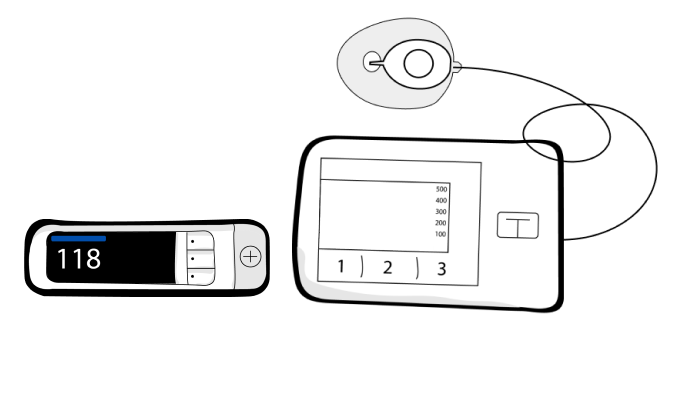
The Tandem pump allows you to bolus directly from a compatible iOS or Android smartphone, is rechargeable, has a touch screen, and can be updated on your home computer.
Sensor & Pump
Freestyle Libre 14 day & Omnipod
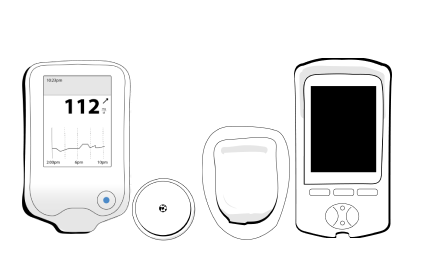
The Freestyle Libre 14 day can be manually scanned to get data only when you want it. This combo is great for active people because it's waterproof and tubeless.
Priority: Overall
Next Steps

You're going to do great on the devices you choose
Talk to your provider to get a prescription. Advocate for yourself with a list of reasons why you believe it is best for your lifestyle.
Talk to the device companies about the device you want and if your insurance will cover it. They can help with this.
Many insurance companies require documentation of different qualifications before approving diabetes device coverage. every insurance company is different but some common qualifications include checking your blood sugar 4-6 times per day or having frequent low blood sugars. Understanding what qualifications are necessary for device coverage before starting the approval process can make things a lot easier.
Visit https://diabeteswise.org/resources/getting-treatment/qualify-for-insurance/ for more resources.
Questions for your Doctor
Meter & Tandem
Can I try this before I commit to it?
A lot of provider offices have sample devices you can touch and feel to get a sense of how they work. Some offices even have a trial device you can use for week to see how it works for you.
Freestyle Libre 14 day & Omnipod
Can I try this before I commit to it?
A lot of provider offices have sample devices you can touch and feel to get a sense of how they work. Some offices even have a trial device you can use for week to see how it works for you.
Questions for your insurance
Many insurance companies require documentation of different qualifications before approving diabetes device coverage. Every insurance company is different, but some common qualifications include checking your blood sugar 4-6 times per day or having frequent low blood sugars. Understanding what qualifications are necessary for device coverage before starting the approval process can make things a lot easier.
Talk to the device companies
Meter
Because there are so many options, and they don't have huge differences - the best thing to do is see what options your insurance companies will cover. The best way to find that out is through your doctor.
WalgreensTandem t:slim X2
Call Tandem and ask them about your coverage. Talk to your Doctor to get a prescription.
1-877-801-6901 Tandem WebsiteFreestyle Libre 14 Day
Call Freestyle Libre and ask them about your coverage. Talk to your Doctor to get a prescription.
1-855-632 8658 Freestyle Libre WebsiteOmnipod
Call Omnipod and ask them about your coverage. Talk to your Doctor to get a prescription.
1-800-591-3455 Omnipod WebsiteAdditional Resources
By Priorities
 Active Lifestyle
Active Lifestyle
 Avoiding Highs and Lows
Avoiding Highs and Lows
 Comfort
Comfort
 Easy Insulin Dosing
Easy Insulin Dosing
 Easy to Use
Easy to Use
 Fewer Fingersticks
Fewer Fingersticks
 Privacy
Privacy
Cost & Coverage
Meter
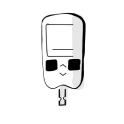
Freestyle Libre 14 Day
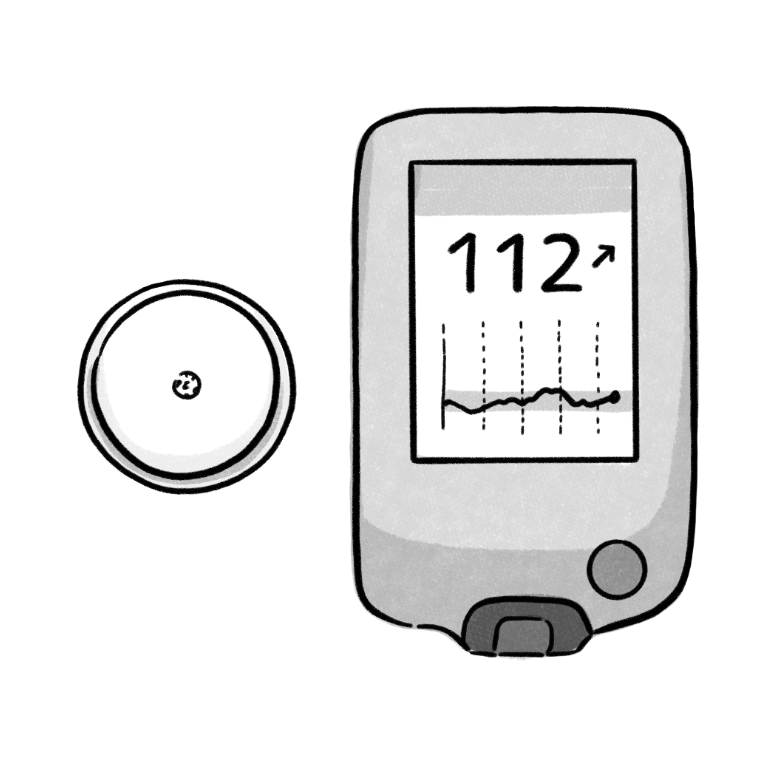
Glucose Testing Supplies
Meter & Fingerpricker (1 time purchase)
Strips & Supplies
Sensors
Reader (1 time purchase)
Glucose Testing Cost Estimate
Startup $0 to $60
Monthly $100
There are lots of different meters out there. It's worth seeing which are covered by insurance - they will cover some of the cost of the strips. Often your doctor can give you a meter for free, worth asking.
Widely covered. Provided by pharmacies. Price range; $0-$100/month. Often the cheapest and easier to access sensor.
Tandem t:slim X2
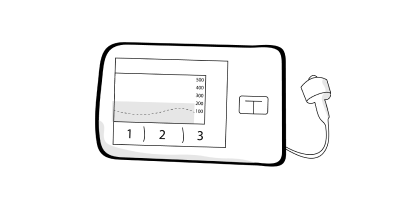
Omnipod
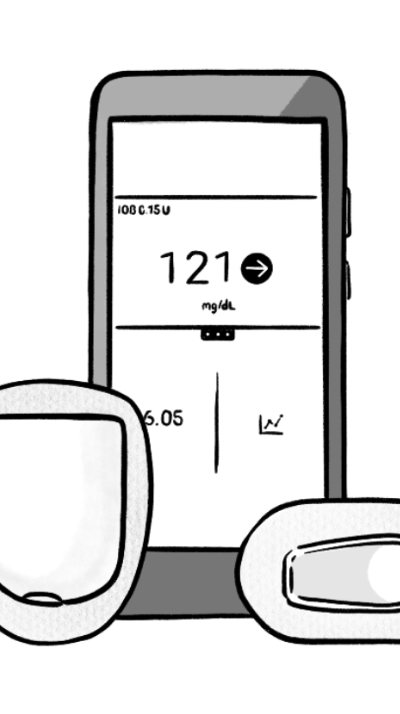
Insulin Dosing Supplies
Pump
Charger
Insulin Cartridges
Infusion Sites
Pods
Reader
Insulin
Insulin Dosing Cost Estimate
Startup $5 to $6,995
Monthly $20 to $200
Startup $5 to $1260 Monthly
Omnipod is now covered by Medicare and Medicaid as well as most private insurers.



